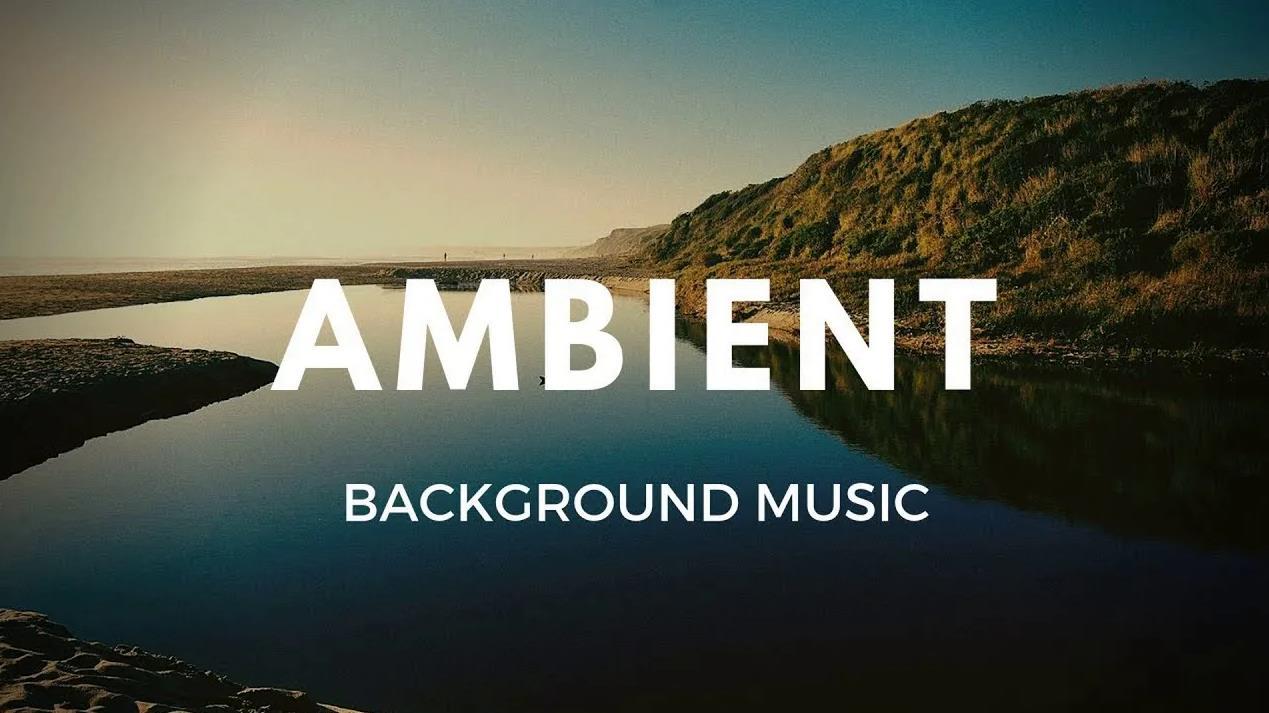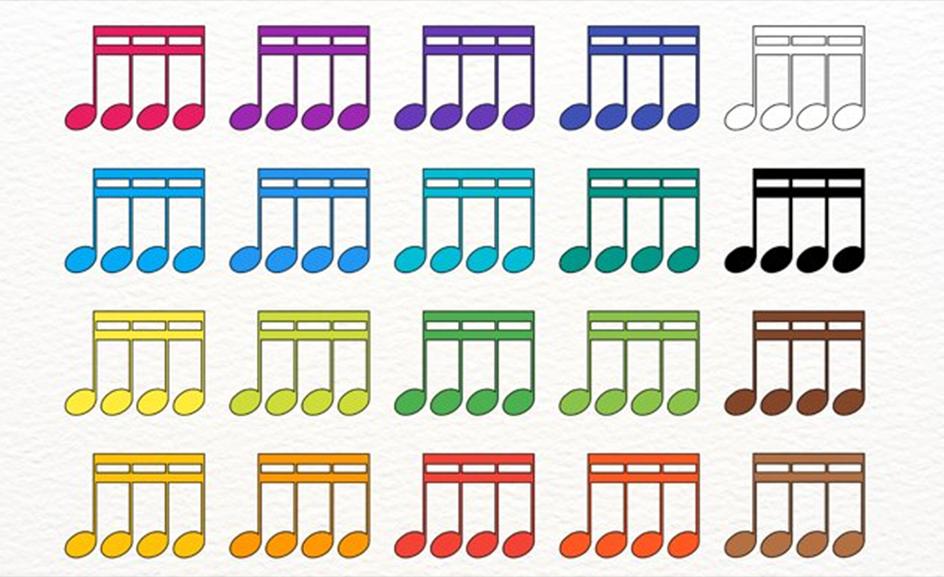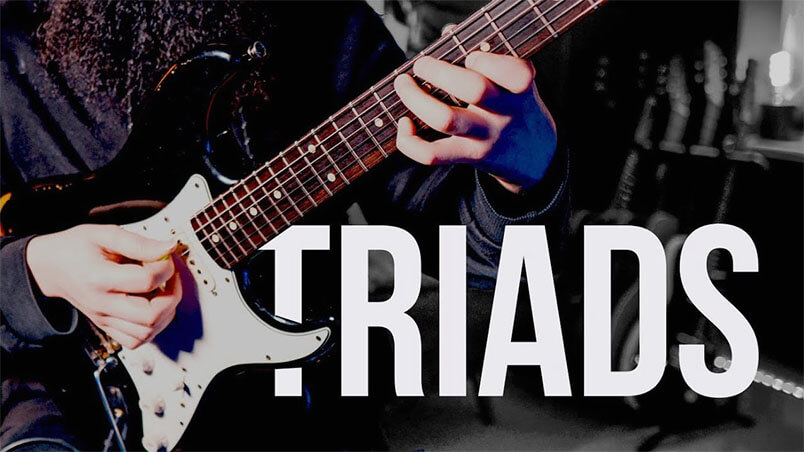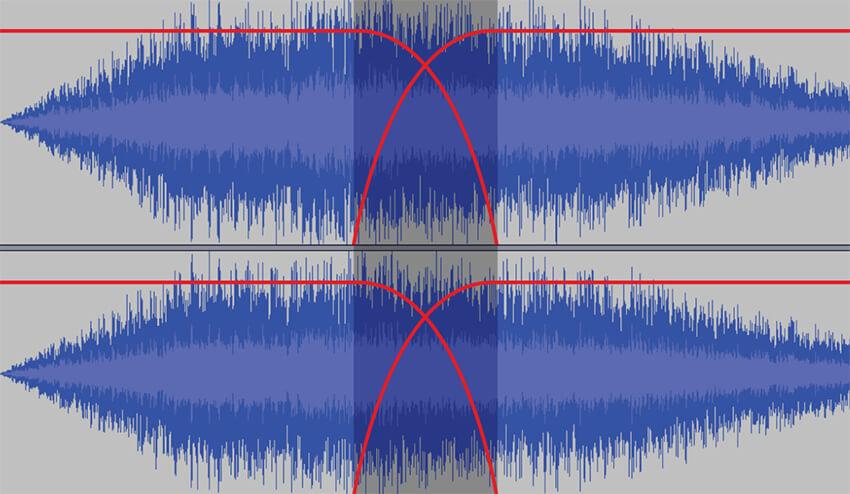How to make ambient music

Ambient music is a specific genre that emphasizes textures and soundscapes rather than the usual melodies and rhythms. Its characteristic features include a calming and relaxing effect, free structure, lack of recognizable motifs and chord progressions, and a high reliance on abstract noises and atmospheres.
Although ambient music can be performed purely acoustically, it is most commonly associated with electronic music. This style of music often uses virtual and analog synthesizers, effects, and digital audio workstations (DAWs). However, with sufficient processing, traditional instruments such as the electric guitar, violin, and piano can also play an important role in the composition.
Making ambient music may seem easy…until you try it! In fact, coming up with a good sounding ambient track can be a daunting task. With that in mind, I’ve put together nine helpful tips about how to make music in ambient style. Although they are primarily intended for electronic musicians working with DAWs, they can be useful for composers of any genre.
1. Start with a drone
In music, a drone is a monophonic effect in which one note or chord is played for a long time. In the context of ambient music, drones can serve as an excellent starting point for all those who wish to create exciting ambient compositions. To create a drone, simply select the desired note and timbre, and then long-press it while recording.
Drones are great starting material for ambient tracks for two reasons. Firstly, they allow you to quickly create a soundscape with a pronounced tonal center, which makes it much easier to add new sounds to the arrangement.
Second, it’s a great way to ensure that your ambient track retains its uniqueness. One of the main problems when creating ambient music is the temptation to add rhythmic patterns and melodic motifs that can make the composition look like something else. Indeed, in this case, it will no longer be a full-fledged ambient song!
Ultimately, you can always remove the drone that was used to create the beginning of the ambient track if it no longer plays a key role in the arrangement.
2. Use reverb and delay
This tip is perhaps the most obvious, but no less important when creating ambient music. If there is a genre of music that relies entirely on reverb and delay effects, then this is certainly ambient.
Reverb and delay are able to automatically generate long and thick sounds that create an ambient atmosphere. Even an instrument as simple as an acoustic piano can be an ideal sound source for an ambient track if it is processed with enough reverb. Likewise, a heavily delayed guitar can create the same effect.
The reverb and delay effects are in perfect harmony with the ambient track, giving a sense of space and depth, which is essential for this genre of music.
3. Turn off the metronome
Understanding the structure of ambient music (or lack of it) is one of the main challenges associated with this genre. If you are an electronic music producer and are used to creating tracks with a focus on rhythm, you will probably find it difficult to move to such an abstract and spatial genre as ambient. However, there is an easy way to make sure your ambient songs never get too loopy or rhythmic.
Ambient music should flow smoothly and dissolve into sounds. To tune in to create atmospheric sounds, I recommend turning off the metronome. Listening to a constant 4/4 rhythm while working on an ambient track can lead to it becoming monotonous and repetitive.
If you’re looking to create quality ambient songs, a fixed tempo can be your biggest foe. Ambient music should be like water: it should flow freely, without restrictions or obstacles.
4. Get inspired by field recordings
If you have ever stopped to smell roses, you have probably noticed that there is no true silence in nature. Coincidentally, the natural world is full of inspiring sounds for ambient musicians. If you’re lacking a lot of inspiration, collecting a few field notes can be a great way to unleash your creativity.
To create quality field recordings, it is best to have a high quality zoom recorder that you can take with you to the woods or to the beach. However, you can use something as simple as your phone’s microphone and still achieve great results!
At its best, ambient music seeks to recreate a natural space where sounds move freely, away from the limitations of musical concepts such as rhythm, tonality, and structure. There is no better way to make your ambient songs sound like nature than by sampling nature itself.
5. Sound stretching is your best friend
Ambient music is usually characterized by its length and slow tempo. Therefore, it is not surprising that many ambient producers rely on stretched samples to create the basis for their ambient tracks. Sample stretching is a great way to automatically generate interesting sounds that fill space and give them an unexpected and random feel.
To convincingly stretch a sample, you just need to drag the .wav file into the program and make it as long as possible. This will turn your track into a slowly changing soundscape that instantly creates an ambience. You can even use full commercially released songs by dragging and dropping them into the program, as they will be heavily altered and converted after processing.
6. Combine sounds with volume automation
Combining sounds with volume automation is an important aspect for producers in any genre of music, but it’s especially important when creating ambient music. While some ambient tracks are based entirely on one unique and continuous sound texture, others are made up of complex combinations of sounds that blend seamlessly into each other. If you want your ambient tracks to sound just as amazing, you should make the most of volume automation.
Pad sounds are ideal for creating ambient music because they have a calming effect and often have a long attack and decay. Attack and release are often underestimated forms of volume automation that pair beautifully with ambient music arrangements.
A long attack (volume up) is a simple and effective way to introduce a new sound into an ambient song. On the other hand, a long fade (lower volume) is great for creating smooth transitions between different textures in an ambient track.
7. When processing audio, press “Record”
Ambient music producers spend a lot of time setting up effects and working with sound. And this is only natural: while genres such as rock and techno rely heavily on pre-set timbres, such as distorted electric guitar sounds or deep electronic beats, in ambient, creating unique sonic textures is key.
However, here’s an interesting idea: while tweaking the texture using reverb, delay, and saturation, try hitting “record”. In the end, you will have a long .wav file containing many sonic nuances that can bring your ambient arrangement to life. Of course, this pseudo-random entry won’t always be perfect, but it’s worth keeping in mind that you can always turn it into something completely new.
8. Avoid chords that create anticipation
Ambient music is mostly about texture. However, this does not mean that ambient should be devoid of musicality. Some high-quality ambient tracks sound like an immersion into the inner world of a cave, while others use the concepts of music theory to create interesting chord progressions and subtle melodies that have a calming effect.
If you plan to use chords in your ambient tracks, try to avoid chords that create a strong sense of anticipation. In ambient music, the last thing you want is musical tension and chords that tend to go somewhere. Therefore, I recommend that you avoid dominant chords and V-chords, and instead build the harmonic movement of your song on more neutral intervals such as quarters and octaves.
If you still feel the need for a V chord in your ambient track, try inverting its voicings to soften the anticipation that this chord creates. V chords with first inversion will sound smoother and less insistent.
9. If it doesn’t sound good, swap
Whether you’re using a reverse effect pedal or relying on a reverse VST, the ability to reverse your sound should be an important part of every ambient producer’s musical arsenal.
Reversed sounds are great for ambient music for two reasons. First, they have a distinctive texture that becomes even more appealing with the addition of a bit of reverb and delay. The long and smooth transitions that naturally occur when reversing sounds work in your favor.
Secondly, reverse sounds are perfect for repeating short, melodic phrases that could be part of your ambient track if they sounded less musical. If you want to include a melodic sample with great timbre in an arrangement, but it just doesn’t fit in, perhaps reversing is the way to go. By flipping a short melodic phrase, you preserve the sonic texture while maintaining the originality and uniqueness of the melody in your ambient track.
Conclusion
I have already mentioned briefly that ambient music is at its core about exploring and discovering sonic nuances. And while many producers achieve this by tweaking the parameters of their VSTs, I find it much more interesting to use randomization. By following the tips I shared with you today, you will be able to create some amazing sounding ambient tracks that are unique and exciting.










